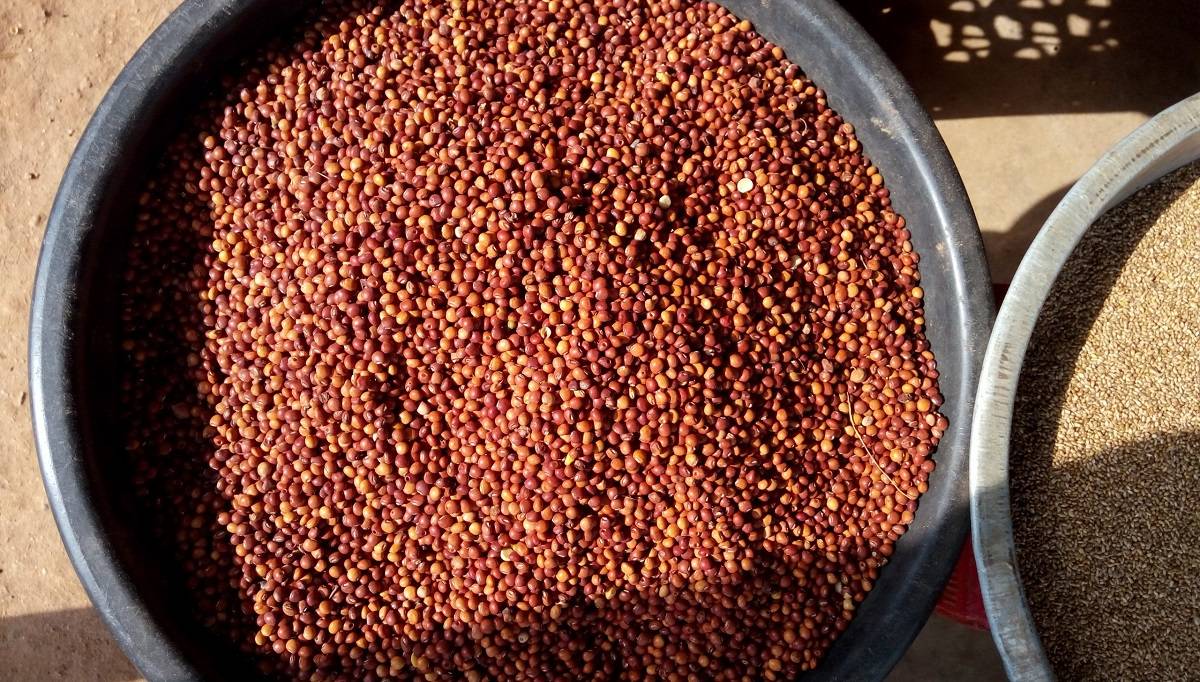
The Tandur Red Gram of Telangana has received Geographical Indication (GI) tag. Now, Telangana has its sixteenth GI product registered.
It must be noted that on September 24, 2020, Yalal Farmers Producers Company Limited, an FPO, submitted GI Application No. 706 for the Tandur Red Gram. With this, Telangana has registered its sixteenth GI product.
The GI registration procedure was facilitated by Prof. Jaya Shankar Telangana Agricultural University, who also assisted Yalal Farmers Producers Company Limited with application guidance, research, and technical data. Pigeon peas are a local crop that is mostly cultivated in Tandur and surrounding portions of the state in the rainfed regions.
According to the experts, the distinctive qualities of the Tandur Red gram are responsible for the fertile, deep-black soil with clay minerals found only in Tandur Region, as well as the enormous limestone reserves. It has a protein content of around 24%, almost three times that of cereals, and is well-known for having a superior flavour and cooking quality.
The GI tag will help in boosting demand for Toor Dal, a processed red gram dal, in global markets. Currently, 4.75 lakh quintals of crops are grown in the state by around 63 thousand people in the area.
Products like Warangal Chepta (Chillies) and Hyderabad Lac Bangles, for which applications have already been submitted, would help in the growth of Telangana State.
Now that the desired GI Tag is a guaranteed indicator of quality for their product, individual farmers and dal mill owners of Tandur will need to register as authorized users and start branding Tandur Red Gram with GI Tag to receive better rates. Approximately 63,500 households in the area are currently engaged in Tandur Red Gram farming.
About Red Gram:
The perennial legume known as the pigeon pea (Cajanus cajan) belongs to the Leguminaceae family (Fabaceae). It also goes by the names pigeonpea, arhar, and tur. Since its introduction in India at least 3,500 years ago, its seeds have spread throughout Asia, Africa, and Latin America and are now a staple food grain. It is mostly consumed on a huge scale in south Asia and is a significant source of protein for those living there.
Importance:
-
Red gram is a staple meal with high in protein.
-
It has a protein content of roughly 22%, which is nearly three times that of cereals.
-
A significant portion of the country's vegetarian population's protein needs is met by the red gram.
-
Due to the complementary nature of the necessary amino acids, when wheat or rice is coupled with red gram, the biological value increases significantly.
-
Lysine, riboflavin, thiamine, niacin, and iron are particularly abundant in them.
















